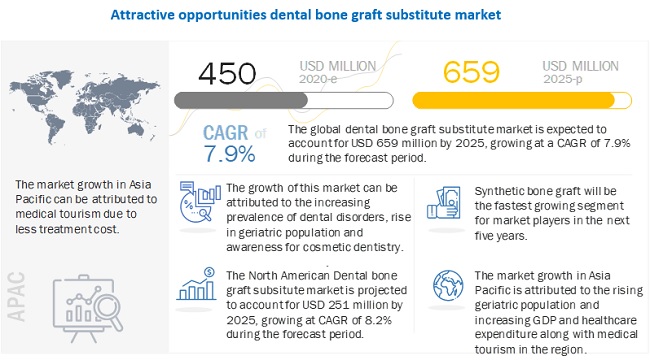
There are four variables and three rules that are necessary for good quality learning. The variables are attention, association, repetition and timing. The rules are:
1. Learn it correctly the first time.
2. Do not guess during recall. 3. Do not struggle to recall. These four variables and three rules form the structure and reasoning behind the Genius by Choice Learning System. In this article , I intend to describe the variables and how they each impact learning. Then I will discuss the three rules and why they matter to good quality learning.
To have complete learning, we need to begin with input- the perception of a stimulus. Perception of a stimulus depends on attention to a stimulus that is selected from competing stimuli that are simultaneously available from the environment. The attention acts like a portal or gateway to the information processing capabilities of the brain. When attention has a selected focus, by default, other competing stimuli are de-selecting or filtered out prior to conscious awareness.
When the attention has selected its sensory guided inputs, the second stage of learning begins with processing the new information. This requires that the brain perform a 'Google search' meaning that what you already know is accessed for familiarity of meaning, sound, spelling etc. This is where the Law of Association begins to establish a link or bridge between existing knowledge and incoming data. All new data must have a location to join with in order to be processed with any comprehension. Therefore it is true that knowing more helps you learn more. There are simply many more places of solid previous knowledge to access for association than if the knowledge bank is riddled with holes, misinformation, and incomplete data.
One of the ways to ensure a properly stocked foundation of knowledge is to use repetition to ensure that growth takes place throughout the synaptic connections. Everyone understands the general idea that when they repeat something over and over; it will eventually 'stick'. That sticking process is the biological procedure of creating stronger connections among neurons. By default, the brain will discharge information at an alarming rate when it perceives that the usefulness of that information has run its course. Creating long-term memories therefore, has a specific recipe of messages that the brain needs to receive before it puts forth the instructions to secure this knowledge for future use. Repetition such as seeing something again, hearing it again, or doing it again, begins forming the basis for retaining rather than dumping data.
Finally, each of the previous variables have to be consistently engaged with an eye on the clock. The timing of inputting, processing and repeating is an extremely important part of lasting learning. Think of the neurons as if they were a bunch of wind up toys. Initially, there is a great deal of action from the energy contained in the tightening of the springs. As the energy is used up, the spring loosens and the toys eventually come to a standstill.
Neurons act in a similar way. When they are processing information, neurons are highly active and involved. However, when the stimulus stops, the neurons slow down their activity and other parts of the brain become engaged in processing other material. This is the critical tipping point because without re-stimulation and subsequent infusion of energy, the message is interpreted as unimportant and is discarded. There is a small window of time to encourage the same neurons to fire off again where the gains in terms of creating long-term memory are exponential.
Each of these variables, when taken in combination, greatly enhance the probability of creating long-term memory, which is, by definition, learning. With these four guiding variables in place, there are three rules to govern their integration into a complete learning experience. These rules are cautions or caveats against deleterious methods that have negative implication for learning.
Students have long been encouraged or at least not persuaded away from the idea that it is okay to make mistakes. While I would agree with this under certain circumstances, it is certainly not okay when dealing with academic information. This is because the incorrect information activates neurons, pathways are connected, and associations are made. In order to clear the brain from this mistake, those neurons must not be reactivated, pathways need to disconnect and new associations must be made to accommodate the correct information. If the incorrect information is not heard or seen again, this data is most likely to be forgotten, but if it is repeated, the connections will strengthen, and a memory of this material will be formed. Therefore, rule number one is 'Learn it correctly the first time'.
Focusing on the correct information in the first place is just the beginning of the learning equation. Once the information has interacted with the nervous system and has been processed by the appropriate neurons at least once, the memory for that material is extremely vulnerable to at least two processes. First, the neurons will cease to act (unwind like a spring) and the material will be lost through what is commonly referred to as forgetting.
The second process interferes equally with memory placement and can result in cross-learning or memory contamination. This comes from guessing. Imagine that a student has just processed new data. The neurons responsible for dealing with these data have been activated and have established a tentative relationship among each other. If the student is placed in a position of having to respond to a question regarding this newly processed information, and if they are uncertain and guess, they will have formed a different association from the initial correct association.
Basically, they will have two pathways leading to two different responses for one question. During active learning, guessing will contaminate the memory and lead to confusion and an inability to distinguish among possible answers. There is just one place where guessing is of any benefit and that is during an exam (this only refers to students in higher grades) when it is preferable to place a response in hopes of being on the good side of chance. Rule number two then is 'No guessing during recall'.

- Frozen Food Market was valued at US$ 232.42 billion in 2019 and is anticipated to reach US$ 320.06 billion by 2026 displaying an elevated CAGR of 4.6%

- Following the trail of the recent developments in UAE immigration, Sheik Mohammed bin Rashid — in a fresh announcement — introduced two new visas.

- Prepare yourself with the Oracle Cloud Infrastructure 2019 Architect Professional dumps following the actual Oracle exam material preparation.

- Dental Bone Graft Substitute Market Size Estimation and Analysis of Wide Range of Growth Opportunities for Industry Players.